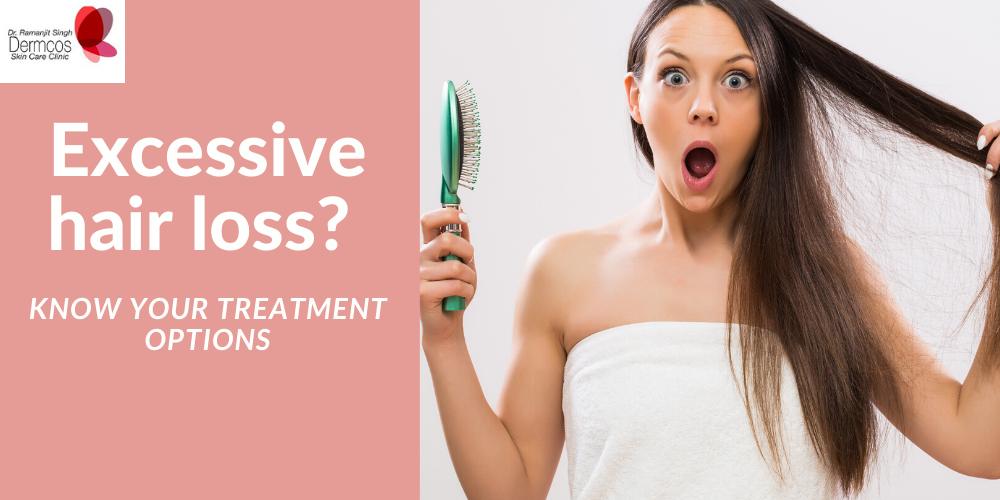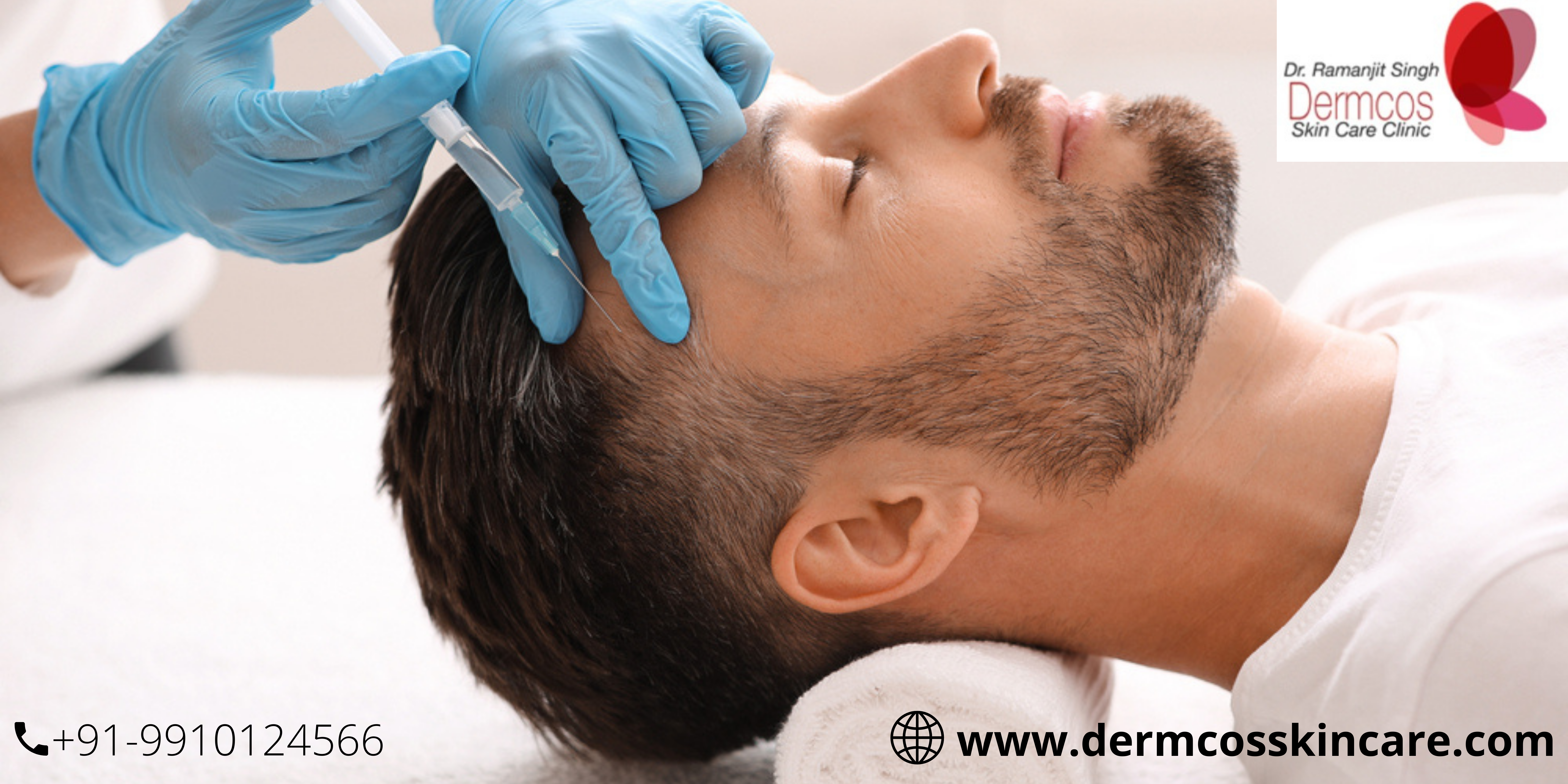Hair loss or Alopecia can impact your entire body or particularly your scalp, and it can be either temporary or permanent. It may be carried by hormone instabilities, genetics, illnesses, or just natural ageing.
Though it is more prevalent among males, hair loss on the head may happen to anybody. When it comes to crown hair loss it may be in patches or form a complete bald region. Generally, being bald means having a lot of hair falling out of your head or scalp. The predominant cause of baldness in older adults is hereditary hair loss.
Some people allow their hair loss to progress unrestricted and undetected. Others could disguise it with scarfs, hats, cosmetics, or hairstyles. Some decide to use one of the treatments on offer to stop more hair loss or stimulate new growth.
What Is Crown Alopecia?
The top of your head, below your hairline and midsection, between your sides, and above the occipital bone is where the crown area is situated. In short, crown thinning is the thinning of hair on the crown region of an individual.
Male pattern baldness alopecia is a disorder that mostly affects male or MTF transsexual (pre-transition) individuals, and it is the primary cause of crown thinning. A patient may have crown hair loss if their body is shedding hair follicles more quickly than it can regrow them.
The degree of crown hair loss varies, ranging from a little patch of thinning hair to a complete bald region. Every patient is different in terms of age at which they start experiencing crown hair loss. On the other hand, the majority of people experiencing crown thinning may also have had a receding hairline.
To recognize early symptoms and look for timely treatment, it is essential to comprehend the origins and symptoms of this disorder. You may learn about the possible causes of a thinning crown. This will prepare you to address the issue head-on and regain your self-assurance.
Causes and Symptoms of Crown Hair Loss
The appearance of hair loss might vary greatly depending on the underlying cause. It might affect your entire body or just your scalp, and it can start off slowly or rapidly.
Transplantation Of Follicular Units (FUT)
The more “classic” approach is FUT. It entails removing a little amount of skin, usually from the back of the head which is rich in hair. After that, the follicles in that skin strip are removed by a surgeon. Ultimately, the hair follicles are reinserted into the area of your scalp that is experiencing hair loss and alopecia.
Extraction Of Follicular Units (FUE)
With FUE, a surgeon takes individual hair follicles from the scalp and transplants them into the bald areas of the scalp. A modified form of this method is called Direct Hair Implantation (DHI), and it involves using a specialised instrument to finish the process.
Laser Therapy
It is believed that laser therapy might lessen follicular inflammation, which inhibits regeneration in certain cases of hair loss, such as alopecia areata. Studies indicate that low-level laser therapy (LLLT) treatment may promote hair growth through different pathways for other forms of hair loss.
Studies supporting the efficacy of laser therapies for hair loss are few. However, LLLT is safe and effective when used to treat male pattern hair loss and alopecia.
Alopecia Treatment Consist Of These Techniques
- Corticosteroids: Autoimmune illnesses are frequently treated with anti-inflammatory medicines. Corticosteroids can be rubbed into your skin as an ointment, lotion, or foam, injected into your scalp regions, or taken orally in the form of a tablet. Your body could react slowly to corticosteroids, resulting in increased hunger, weight gain, mood swings, and impaired vision as a few negative effects.
- Minoxidil: is a topical medication used to treat both male and female pattern baldness. Before your hair starts to grow, therapy normally takes around 12 weeks. Unusual hair growth, headaches, and irritated scalps are a few aftereffects of alopecia treatment.
- Phototherapy: UV light from specific lamps is used in type of phototherapy. Your physician could prescribe psoralen together with ultraviolet A (PUVA) or ultraviolet B (PUVB) light therapy. In phototherapy, the UV light waves assist treat alopecia areata and other skin and nail conditions.
- Platelet-rich plasma: To promote hair growth, a medical practitioner draws blood from your body, processes it, and then injects it into your scalp. A few adverse effects include nausea, vomiting, disorientation, and scalp discomfort and irritation may appear.
- Topical immunotherapy: An allergen is applied to your skin by your healthcare professional to cause contact dermatitis, an allergic reaction that results in the development of hair. Skin discolouration, dermatitis, swelling lymph nodes, and scalp irritation are a few after treatment effects.
- Styling tips: You may be able to conceal or disguise your hair loss with specific hairstyles, wigs, or hair weaves if your body doesn’t react to other treatment alternatives.
- Avoiding Certain Situations If You Have Alopecia Areata
- The weather: Our hair shields us from the wind and sun. Debris entering our eyes is aided by our eyelashes. If you have alopecia areata, you will need to wear protective clothing when you’re outside to protect your skin and occasionally your eyes.
- A great deal of stress: Many persons with new-onset alopecia areata have recent stressors in their lives, including job, family, funerals, operations, accidents, and so forth, however this was never confirmed by large-scale trials or investigations.
- Hair treatments and products with harsh chemicals in them: Permanent waves and chemical straighteners fall under this category. Instead of using silicones and parabens rich hair styling gels, try to find mild shampoos and conditioners for better hair care.
Conclusion
A patch of baldness on the crown may indicate either transient or permanent baldness alopecia. Reversing the damage and growing new hair may be feasible, depending on the kind of hair loss.
But first, you should also pay attention to the condition of your crown hair. For many, it’s invisible, so they are unaware that it’s thinning.
In any scenario, it’s critical to get medical assistance. After making a diagnosis, they will formulate a plan of therapy for you.



